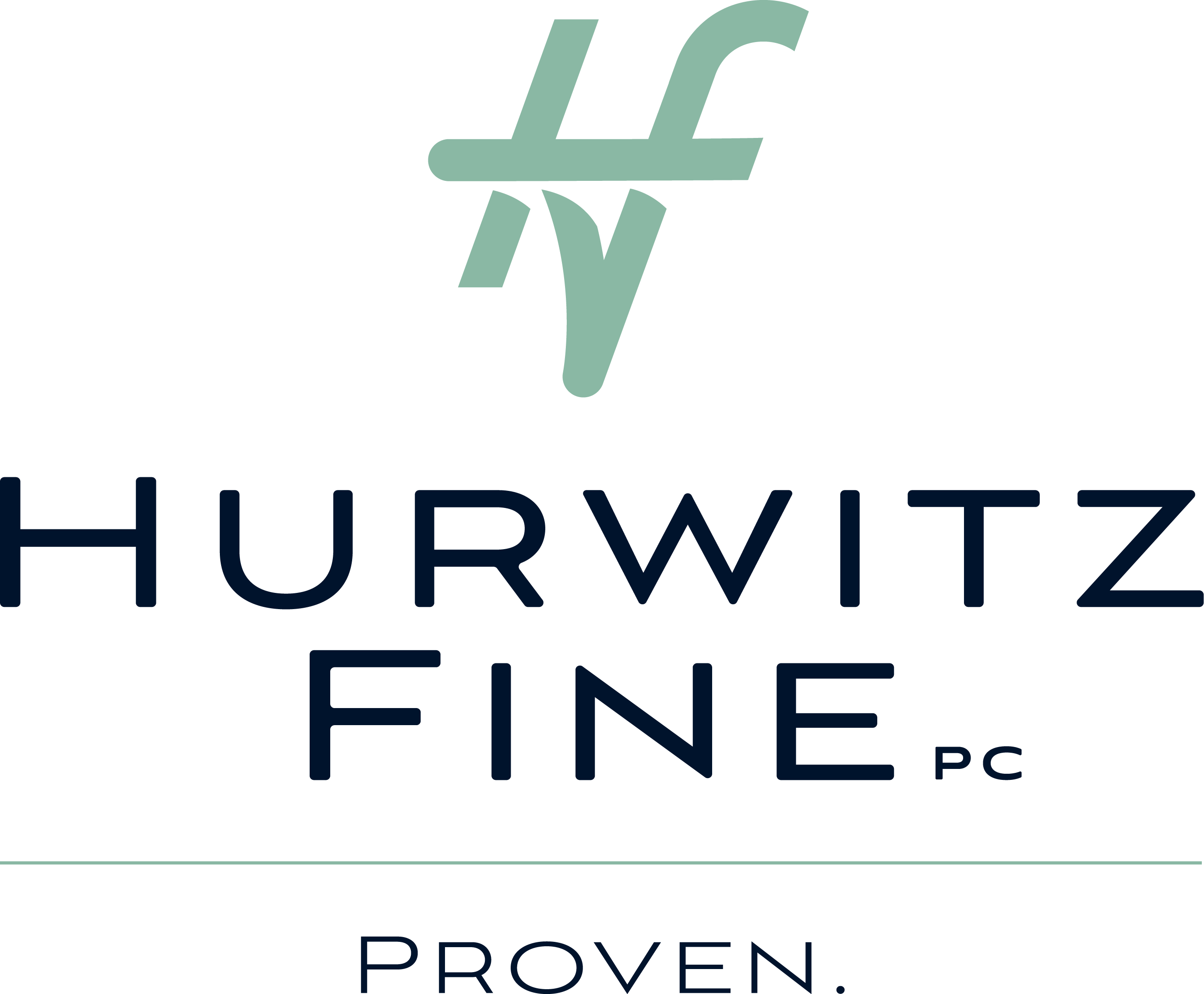By Joseph M. Reynolds, Esq.
The Main Street Lending Program (“MSLP”) is the second COVID-19 loan program being offered to small- to medium-sized businesses that were in sound financial condition prior to the onset of the pandemic, but were either unable to take advantage of the SBA’s Paycheck Protection Program (“PPP”) or are in need of additional funding after already receiving a PPP loan. There is one critical difference between the MSLP and PPP however; the MSLP loan is not forgivable and must be repaid.
The MSLP is made up of three separate loan facilities and is designed to provide up to $600 billion in loans: there is the Main Street New Loan Facility, the Main Street Priority Loan Facility and the Main Street Expanded Loan Facility, each with different loan ceilings. However, all three have the same borrower eligibility requirements, which include, among other items:
- The business must have (i) 15,000 employees or fewer or (ii) annual revenues of $5 billion or less;
- The business must have been established prior to March 13, 2020; and
- The business must be a U.S. business.
It is important to note that a business which received a loan under the PPP may still be eligible for a loan under the MSLP.
The Main Street New Loan Facility provides the lowest tier of loans offered under the MSLP, which can be a secured or unsecured loan with a minimum loan amount of $250,000 and a maximum loan amount of the lesser of $35 Million or 4 times the borrower’s adjusted 2019 earnings before interest, taxes, depreciation and amortization (“EBIDTA”). The Main Street New Loan Facility loan must not be, at the time of origination or at any time during the term, contractually subordinated to any of the borrower’s other loans or debt instruments.
The Main Street Priority Lending Facility is the middle tier of loans offered under the MSLP. The loans offered are similar to those offered under the Main Street New Loan Facility in that there is a minimum loan amount of $250,000 but differ in that the Priority Lending Facility loans have a maximum loan amount of the lesser of $35 Million or 6 times the borrower’s 2019 adjusted EBIDTA. Furthermore, the loan must be superior to or on equal footing with the borrower’s other loans or debt instruments, excepting mortgage debt.
Under the top tier Main Street Expanded Lending Facility, borrowers can have their existing term loan or revolving credit facility increased (or “upsized”). The upsized tranche is a term loan ranging in size from $10 Million to $300 Million, with a maximum size not to exceed, when added to the borrower’s existing outstanding and undrawn available debt, 6 times the borrower’s 2019 adjusted EBIDTA. Similar to the Main Street Priority Lending Facility, the loan must be superior to or on equal footing with the borrower’s other loans or debt instruments, excepting mortgage debt. To be eligible for upsizing, the existing credit facility must have been originated on or before April 24, 2020 and must have a remaining maturity of at least 18 months.
All of the loans under the Main Street Lending Program have similar repayment terms. The loans all have five-year terms, with a variable interest rate of LIBOR (1 or 3 month) plus 300 basis points. The program does not address what will be used to calculate the interest rate when LIBOR is discontinued as an interest rate-setting benchmark, which is supposed to occur in December 2021. Payment of principal is deferred for the first two years of the term and interest payments are deferred for the first year of the term. All of the loans must have a principal amortization of 15% at the end of the third year, 15% at the end of the fourth year and a balloon payment of 70% upon maturity; however, all of the loans may be prepaid at any time without penalty.
The lender is required to commit that it will not request that the borrower repay debt extended by the lender or pay interest on such outstanding obligations until the MSLP loan has been paid in full, unless the debt or interest payment is mandatory and due, or in the case of default and acceleration. The lender is also obligated to commit that it will not cancel or reduce any existing committed lines of credit, except in the event of a default.
The borrower makes certain certifications and covenants under the MSLP. Among them include that the borrower must commit to refrain from repaying the principal balance, or pay any interest on, any debt until the MSLP loan is repaid in full, unless the debt or interest is mandatory and due. Further, the borrower must commit that it will not seek to cancel or reduce any committed lines of credit with any lender. The borrower must also certify that it has a reasonable basis to believe that, after taking into account the MSLP loan, it has the ability to meet its financial obligations for at least the first 90 days after loan origination and does not expect to file for bankruptcy through that same time period. Each borrower must also commit to making commercially reasonable efforts to maintain its payroll and retain its employees during the term of the MSLP loan.
The MSLP offers viable options for businesses that have either missed the opportunity to take part in the Paycheck Protection Program during its open period or that require additional funding above and beyond the PPP’s loan cap of $10 Million. However, the fact that the MSLP loans must be repaid however the repayments are structured, could very well scare potential borrowers away from taking advantage of the program given the unpredictable length of time that the COVID-19 pandemic will last.

